Search the Special Collections and Archives Portal
Search Results

Film negative showing men on a boat on Lake Mead, January 1938
Date
1938-01
Archival Collection
Description
A shot of two unidentified men on a boat on Lake Mead; Jack Buecrud, aqua plane rider, is possibly pictured.
Image
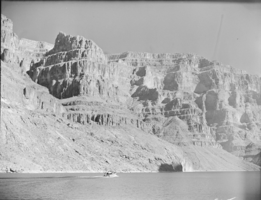
Film negative showing a boat on Lake Mead, circa January 1938
Date
1938-01
Archival Collection
Description
A shot of a boat on Lake Mead; Jack Buecrud, aqua plane rider, is possibly on board.
Image
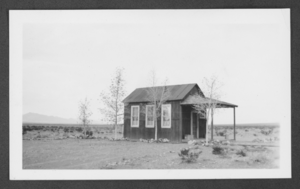
Photograph of Sandy Valley School, Lincoln County, Nevada, circa 1938
Date
1938
Archival Collection
Description
Black and white photo of Sandy Valley School, Lincoln County.
Image
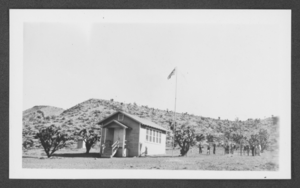
Photograph of Blue Diamond School, Clark County, Nevada, circa 1938
Date
1938
Archival Collection
Description
Black and white photo of Blue Diamond School in Clark County.
Image
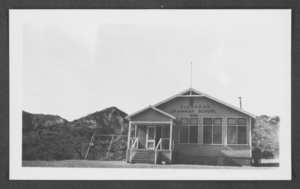
Photograph of Eldorado Grammar School, Clark County, Nevada circa 1938
Date
1938
Archival Collection
Description
Black and white photo of Eldorado Grammar School (Clark County).
Image
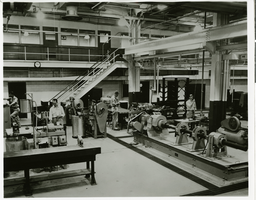
Photograph of the interior of Hughes Tool Co., Houston, Texas, circa 1950s
Date
1950 to 1959
Archival Collection
Description
Transcribed from attached press release: HUGHES TOOL COMPANY Cornerstone of the industrial empire of Howard Hughes is the Hughes Tool Company of Houston, Texas, which last year produced more than half a million rock bits for drilling the kind of deep wells now producing 90 per cent of the world's petroleum. In the company's mechanical testing section (above) engineers test the products under conditions simulating actual drilling. Howard Hughes' father's invention of the rock bit is believed to be one of the most important industrial developments of the century; without such a tool we might still be living in a horse and buggy era."
Image
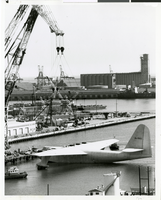
Photograph of Hughes HK-1 Flying Boat at Terminal Island in the Los Angeles Harbor, 1947
Date
1947
Archival Collection
Description
The Hughes HK-1 Hercules Flying Boat shown tied to its dock at Terminal Island in the Los Angeles Harbor in 1947.
Image

Photograph of the Lockheed 14, Floyd Bennett Field, New York, July 10, 1938
Date
1938-07-10
Archival Collection
Description
A black and white, profile view of the Lockheed 14 aircraft before takeoff.
Image
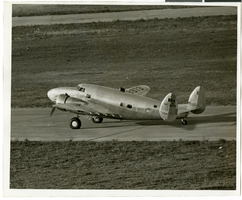
Photograph of the Lockheed 14, Floyd Bennett Field, New York, July 10, 1938
Date
1938-07-10
Archival Collection
Description
The black and white view of the Lockheed 14 aircraft taking off for Paris.
Image

Photograph of Howard Hughes and others, San Pedro, California, November 04, 1947
Date
1947-11-04
Archival Collection
Description
Description given with photo: "Float Flying Boat, San Pedro, Calif.: Workmen prepare to float Howard Hughes' 200-ton plywood flying boat at San Pedro on Nov. 1st for taxi tests in Los Angeles Harbor. The craft can be seen in its mammoth drydock, where it was assembled and outfitted. Credit Line (ACME) 11/04/47."
Image
Pagination
Refine my results
Content Type
Creator or Contributor
Subject
Archival Collection
Digital Project
Resource Type
Year
Material Type
Place
Language
Records Classification
